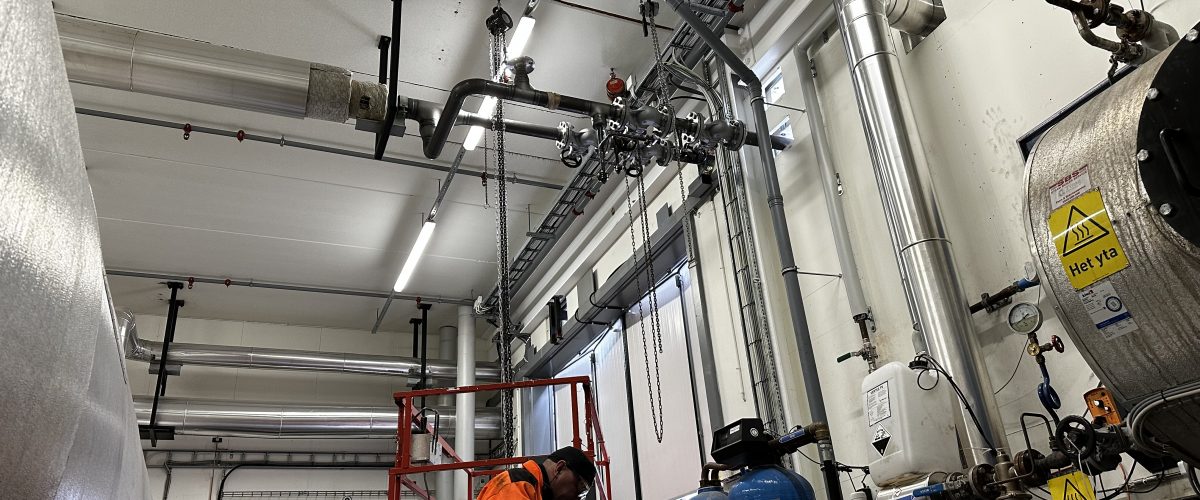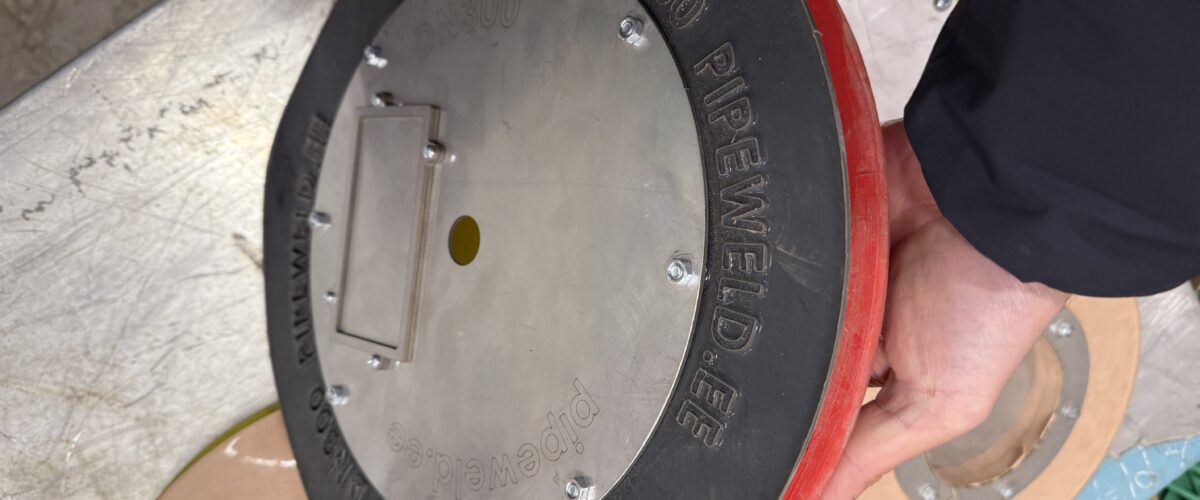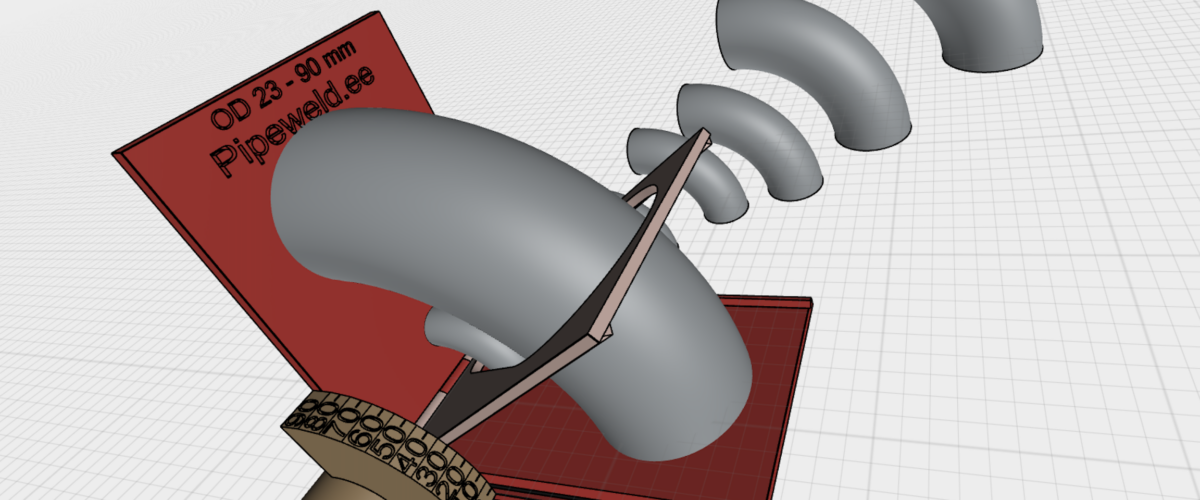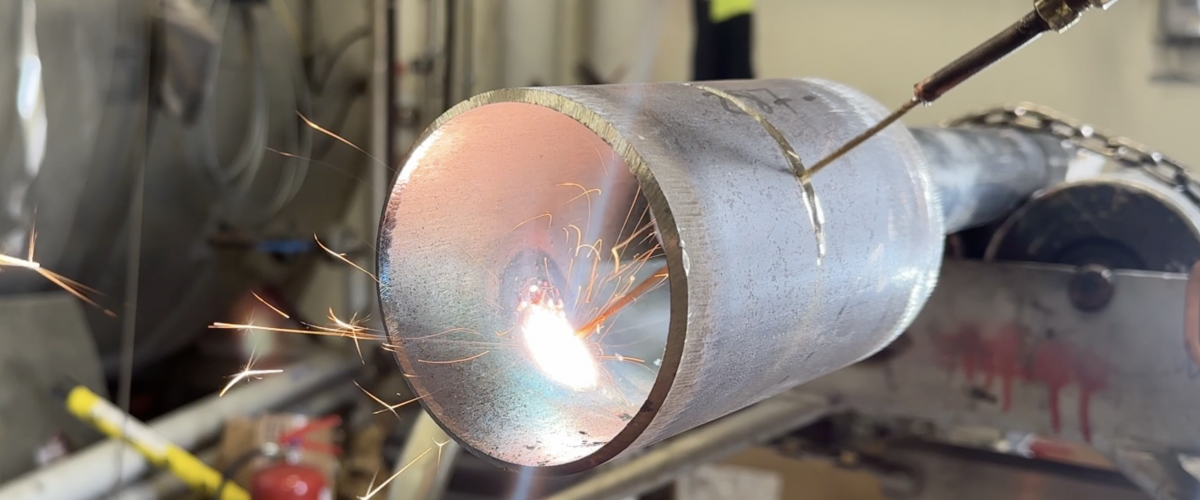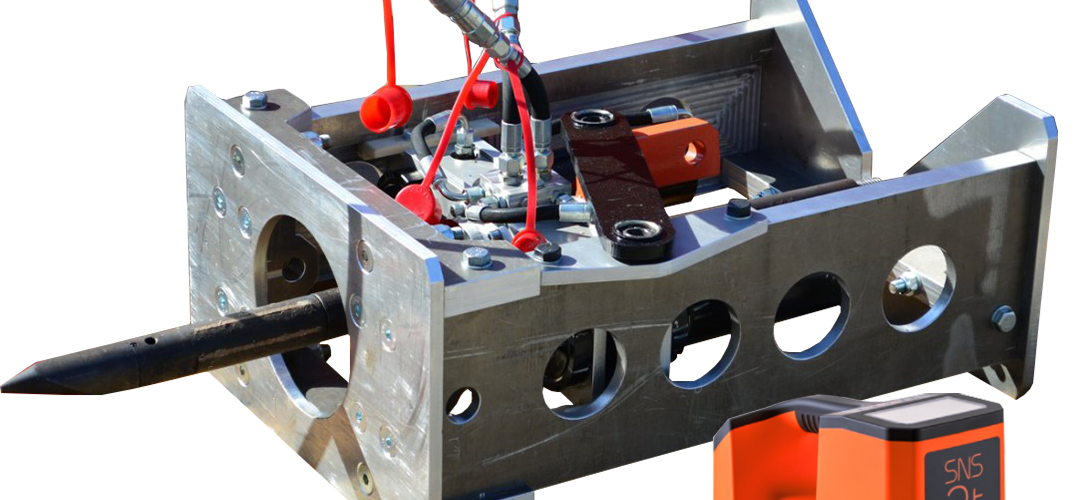Partnership Agreement for Pipe Welding during the Assembly and Installation of Bio Plants.
Since 2022, our company has signed a partnership agreement with Exergisystem, which develops modular steam plants for the process industry. Their solutions are genuinely fascinating and hold tremendous potential. The key point is that they managed to fit the components inside a container in such a way that they are quite serviceable. Most importantly, these plants operate on renewable fuel, pellets, and now the boiler is considered movable property, adding additional benefits to this solution.
What does pipe welding imply in our agreement with Exergi?
Pipe welding—this term implies the assembly and welding of metal pipes in accordance with specified standards. In our case, the primary European standard EN 13480 is used, which covers the design, material selection, pipeline installation, and documentation.
To provide the full range of these services, it is also necessary to perform Welding Procedure Qualification (WPQR) according to the ISO 15614 standard, develop a Welding Procedure Specification (WPS) by which the pipe welding process will be carried out, and, of course, the welder must be certified according to the ISO 9606-1 standard. Thus, the term pipe welding entails serious requirements.
Speed Equals Energy.
It turns out that under certain conditions, wood combustion can occur at the same rate as natural gas combustion—how about that?
- Yes, exactly!
If we dry the wood to a moisture content of 2-5% and increase its density by compression during pellet formation, we significantly increase the burning rate. For steam boilers with a capacity of 2-4 megawatts, such fuel is quite sufficient to keep up with the technological process of the enterprise where such a modular boiler will be installed.
Next time, I will explain what needs to be done to achieve a combustion rate comparable to that of gas.
Pipe Welding During Integration — A Critical Part
Each connection of a new modular boiler requires the production process of the enterprise to be halted, which always results in losses for the company. Therefore, these losses need to be minimized.
The objective is always the same: reduce the integration time and have a contingency plan in case something goes wrong.
It seems simple but involves several stages:
- Planning
- 3D scanning
- Drawing production
- Prefabrication and pipe welding
- Quality control
- Pressure testing
- Relocating workforce during the integration
- On-site inspection
- Integration
- NDT (Non-Destructive Testing)
- Equipment startup
That’s a total of 11 points, plus safety protocols and a few dozen thermoses of coffee.
In general, nothing new for us—everything is familiar. But without planning, such work cannot be accomplished. Throughout my career, I have carried out over 50 integrations, from small to large diameter pipelines. I want to say that my personal attitude towards each of them has not changed—this is serious work with significant risks at stake.
